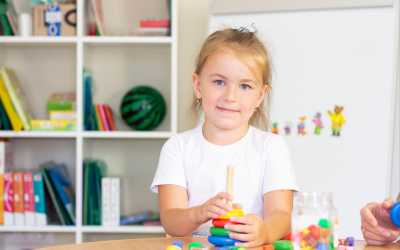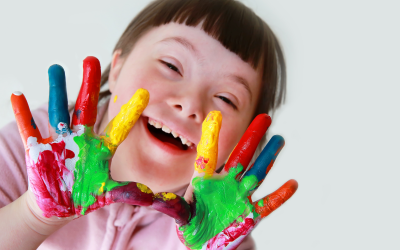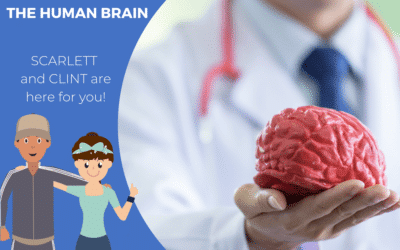Procedural memory is one of the most fascinating types of memory in existence. It stores the habits, skills and body movements we have acquired over time, such as playing a musical instrument or driving a car. Here we will dive into the details of procedural memory, exploring how it works, how we store information, how it is linked to emotions and what disorders are associated with it. We will also provide exercises to improve procedural memory.
The memory system
The memory system is divided into several types of memory, each with different functions and characteristics. The most common types of memory are short-term memory and long-term memory. Short-term memory is the ability to store a small amount of information for a short period of time, while long-term memory is the ability to store information permanently.
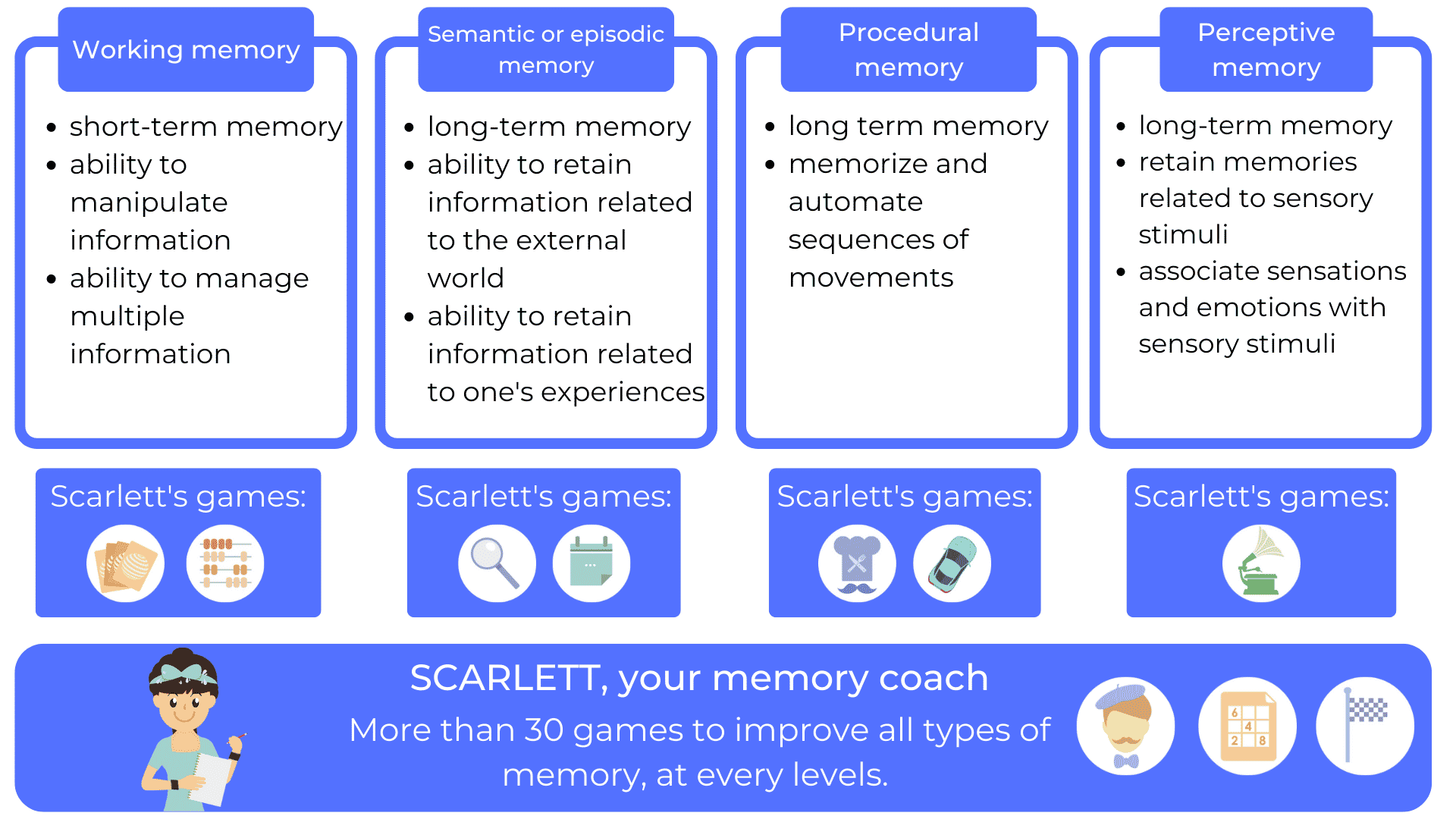
Procedural memory
Procedural memory is a type of long-term memory that stores habits, skills and body movements that we have acquired over time. It is often associated with non-declarative learning, that is, unconscious and automatic learning, as opposed to declarative learning, which involves awareness and conscious intent. Procedural memory is generally considered to be a type of implicit memory, as it cannot be expressed verbally.
How do we memorize information?
The way we store information depends on the type of memory involved. Short-term memory is usually associated with repetition, that is, repeating information over and over again to keep it in the mind. Long-term memory, on the other hand, is associated with consolidation, the process by which information is transformed into permanent memories.
Procedural memory is a little different, as it is often acquired implicitly, without requiring a conscious intention to remember. It is usually acquired through repeated practice of a skill or habit until it becomes automatic. This means that procedural memory is strengthened by repetition and regular practice.
Memory and emotions
Emotions can have a significant impact on how we remember information, including information stored in procedural memory. For example, positive emotions can reinforce memories and facilitate learning, while negative emotions can have the opposite effect.
It has also been shown that emotions can affect the way we use procedural memory. For example, stress can affect performance of procedural skills, while excitement can improve performance.

Disorders related to procedural memory
Like all types of memory, procedural memory can be affected by disorders and diseases. One of the most common disorders is Alzheimer‘s disease, which can cause loss of procedural memory as well as other types of memory.
Huntington’s disease is another disorder that affects procedural memory. This inherited neurological disease causes involuntary movements, behavioral and thought disorders, and progressive deterioration of procedural memory.
Accompanying a person with Parkinson’s
Other disorders related to procedural memory include movement disorders, such as Parkinson’s disease, which can affect the ability to perform automated movements, such as walking. Autism spectrum disorders can also affect procedural memory, as they can limit the ability to learn social and behavioral skills.
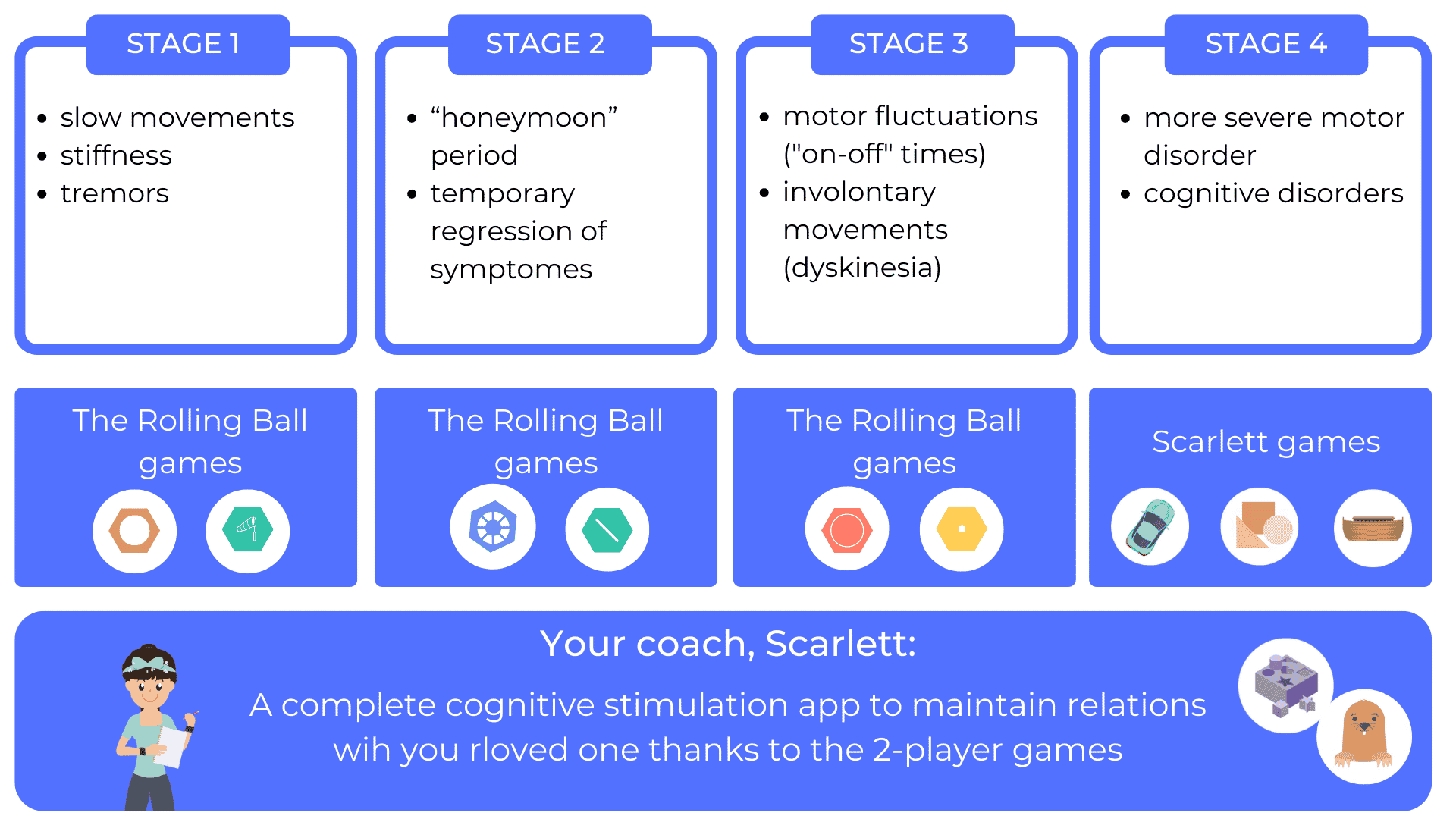
Accompanying a post-stroke person
Finally, strokes can also affect procedural memory. Stroke can damage areas of the brain that are involved in learning and memory, including procedural memory.
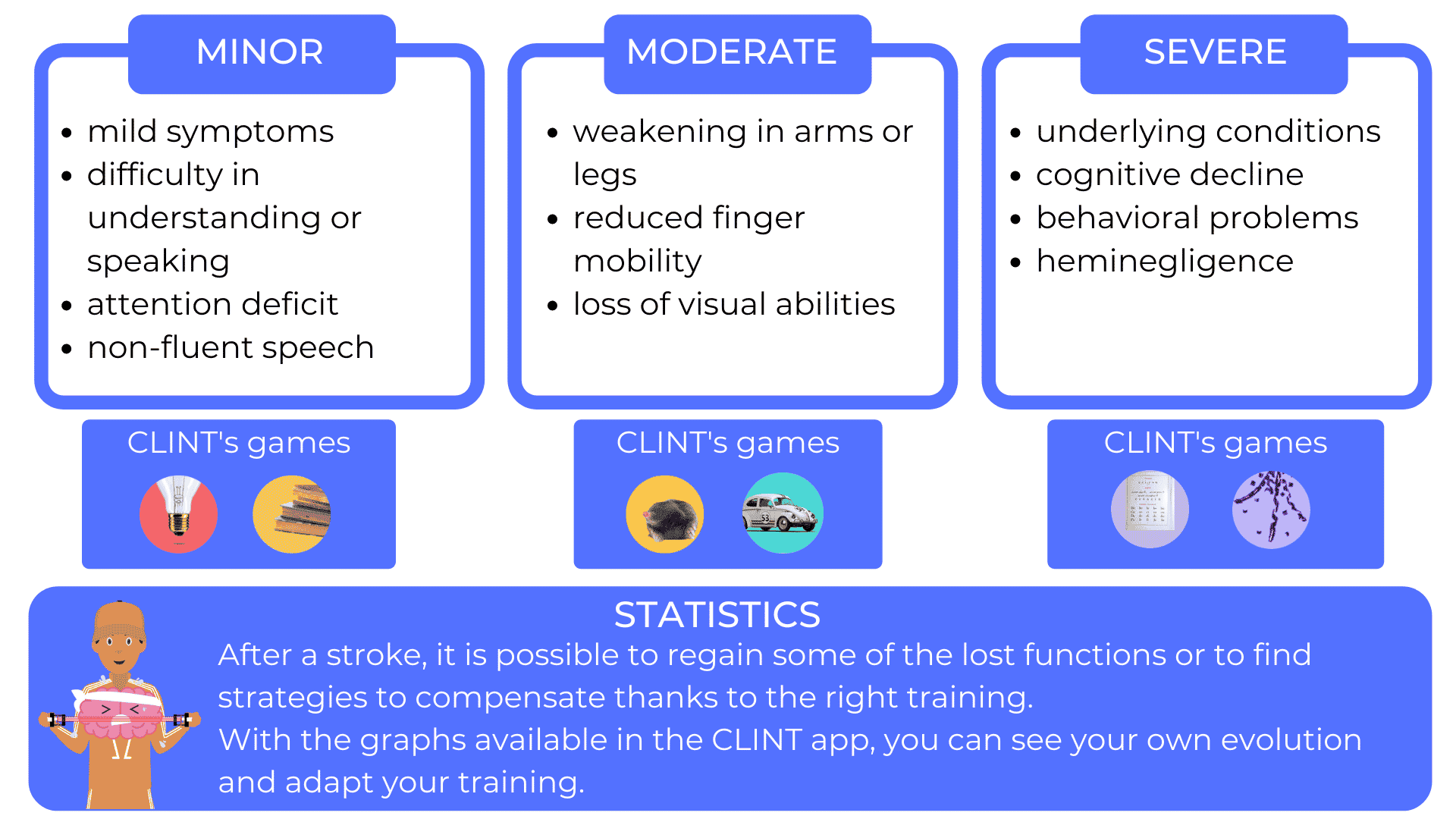
Exercises to improve procedural memory
Regular practice is the key to improving procedural memory. The more we practice a skill or habit, the more automatic it becomes and the more it is stored in our procedural memory.
There are also specific exercises we can do to improve our procedural memory. For example, playing a musical instrument, practicing yoga or aerobic movements, or playing video games that require quick and precise manual movements can all help strengthen procedural memory.
It is also important to note that procedural memory is often linked to other types of memory, such as semantic memory and episodic memory. Therefore, it is important to maintain a variety of activities that involve different types of memory to keep the brain healthy and active.
In conclusion, procedural memory is an important type of long-term memory that stores habits, skills, and body movements that we have acquired over time. It is often associated with non-declarative learning, and can be affected by disorders and diseases, such as Alzheimer’s disease, Parkinson’s disease, autism spectrum disorders and stroke.
Fortunately, there are exercises we can do to improve our procedural memory, such as regularly practicing activities that involve automated movements, practicing hand-eye coordination, and performing tasks that require high manual precision. Ultimately, it is important to maintain a variety of activities that involve different types of memory in order to maintain healthy cognitive function throughout our lives. By understanding the mechanisms of procedural memory, we can better understand how we learn and how we can improve our ability to store and retrieve long-term information.
Cognitive training to improve procedural memory
Cognitive training is increasingly recognized as an effective method for improving procedural memory. Procedural memory, also known as skill memory, is the ability to learn and remember skills and procedures, such as playing a musical instrument or driving a car. Studies have shown that specific cognitive training programs can improve procedural memory in people of all ages, especially the elderly. These programs typically involve learning new skills and practicing repetition of complex tasks. Improving procedural memory through cognitive training may have important implications for lifelong learning, helping individuals to acquire new skills and maintain functional independence throughout their lives.
A PROGRAM IN PREVENTION
OR MILD MENTAL LOSS
CLINT
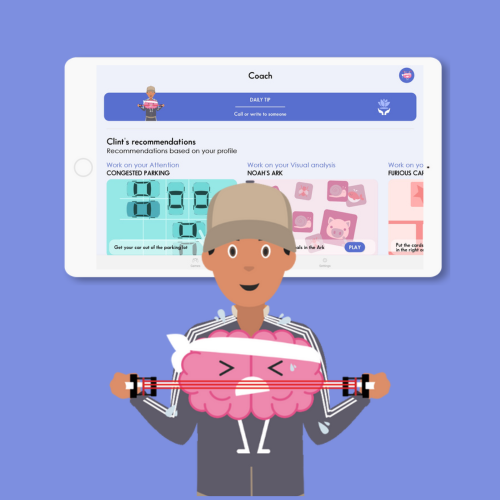
A PROGRAM TO SUPPORT PEOPLE WITH ALZHEIMER’S DISEASE
SCARLETT
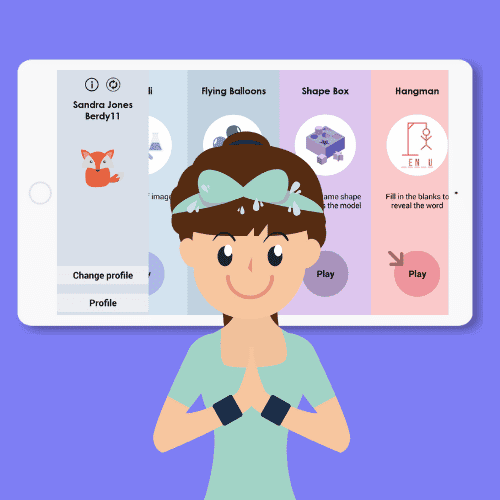
Other articles that might interest you:
Supporting children with autism
Dynseo proposesSUPPORTING CHILDREN WITH AUTISM with COCO THINKS AND COCO MOVESDynseo and its team are very much...
Supporting DYS children with COCO THINKS and COCO MOVES
Dynseo proposesDYS disorders with COCO THINKS and COCO MOVESOur educational and pedagogical games program COCO THINKS...
Language development
Children communicate from birth with movements, crying, looking at each other or with smiles. After only a few months,...
Supporting children with Down Syndrome with Coco
Dynseo proposesDOWN SYNDROME with COCODown syndrome is a non-hereditary chromosomal abnormality that leads to the...
Supporting people after a stroke
Dynseo proposesStroke with CLINT, your brain training coachThe Dynseo team is very involved in helping people who have...
Supporting someone with Alzheimer’s
In this guide, we will detail how SCARLETT can be used for supporting someone with Alzheimer's. SCARLETT is a...
10 myths about the human brain you didn’t know
The brain is an incredible muscle, however there are many things we do not know, and what we do know is not always...
Using Digital Tools to Support Students with Special Educational Needs
Special Educational Needs (SEN) encompass a wide range of learning difficulties and disabilities that can hinder a...
Down Syndrome and Communication: Facilitating Interaction with Visual and Interactive Supports
When we think about Down syndrome, we often recognize it as a genetic condition that affects physical and cognitive...
How to Track Progress in People with Down Syndrome Using Digital Tools
Down syndrome, a genetic condition caused by the presence of an extra chromosome 21, affects approximately 1 in every...



